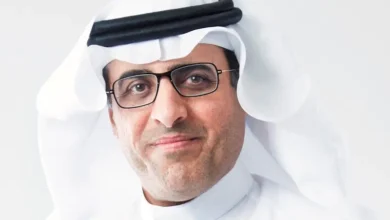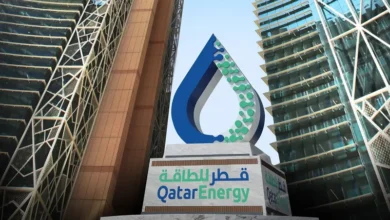Dubai RTA to install one of two new Salik toll gates on Al Khail Road
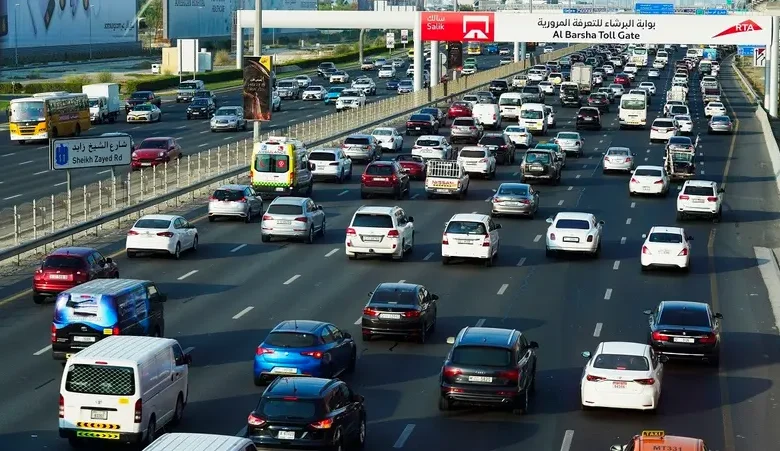
Dubai’s Roads and Transport Authority (RTA) announced two new Salik toll gates on Friday, to become operational by November 2024.
The first gate will be installed at the Business Bay Crossing on Al Khail Road and another, Al Safa South toll, between Al Meydan and Umm Al Sheif Street, according to an announcement.
Al Khail Road is widely used by motorists to avoid the numerous toll gates on Sheikh Zayed Road, which was recently renamed to Burj Khalifa.
The Al Safa North and South gates will only record one passing if crossing in a one-hour window.
“These measures are part of the RTA’s efforts to streamline traffic flows on Dubai’s roads by rerouting traffic to alternative traffic corridors such as Sheikh Mohammed bin Zayed Road, Dubai – Al Ain Road, Ras Al Khor Road, and Al Manama Street,” the transportation authority said.
RTA recommended motorists use the Creek crossings like the relatively new Infinity Bridge and Al Shindagha Tunnel to ease traffic on other key routes.
Why is RTA installing new Salik gates?
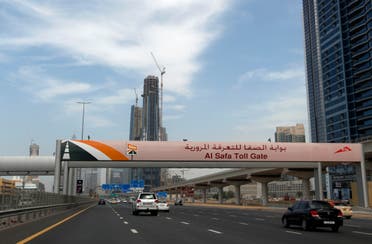
“This measure is intended to maintain traffic service levels, accommodate traffic volumes, and control congestion on the road network and at intersections,” director-general of the RTA Mattar al-Tayer said.
Key Dubai highways feature toll gates that seamlessly read registered number plates or chips and deduct $1.09 (AED 4) every time a vehicle passes through the gate.
The Business Bay Crossing gate will reportedly reroute traffic from Jebel Ali towards Sheikh Mohammed bin Zayed and Emirates Road.
RTA expects this diversion to reduce traffic on Al Khail Road by 15 percent to 2,053 vehicles per hour, reduce the traffic on Al Rebat Street by 16 percent to 1,218 vehicles per hour and decrease the usually packed Financial Centre Street by about 5 percent – cutting down the total travel time on the congested section of Al Khail Road between Al Rebat Street and Ras Al Khor Road by about 20,000 hours daily in both directions.
The Al Safa South Gate is expected to reduce traffic turning right from Sheikh Zayed Road to Al Meydan Street by 15 percent. RTA also believes that it will trim traffic flow from Al Meydan and Al Safa Streets to Sheikh Zayed Road by 42 percent – 1,070 vehicles per hour.
RTA also said that it will help decrease the traffic volume on Sheikh Zayed Road between Financial Centre and Latifa Bint Hamdan Streets by four percent and optimize the use of the First Al Khail and Al Asayel Roads by up to four percent.
How many Salik toll gates are there in Dubai?
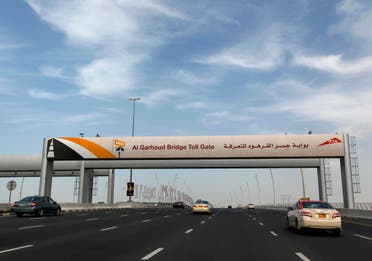
“The existing toll gates contributed to reducing the total travel time in Dubai by six million hours annually, decreasing traffic volumes on the Al Maktoum and Al Garhoud bridges by 26 percent, reducing travel times on Sheikh Zayed Road and Al Ittihad Street by 24 percent, and increasing the number of mass transit users by nine million riders per annum,” al-Tayer said.
Last year, RTA raised $1 billion from the listing of Salik Co. on the Dubai Financial Market, and has been among the best performer out of the city’s privatizations.
Over 3.6 million vehicles are registered on the system which was introduced in 2007. It achieved a net profit of $218 million (AED 803 million) in the first nine months of 2023 with profit margin of 51.9 percent, according to information shared by Salik.

